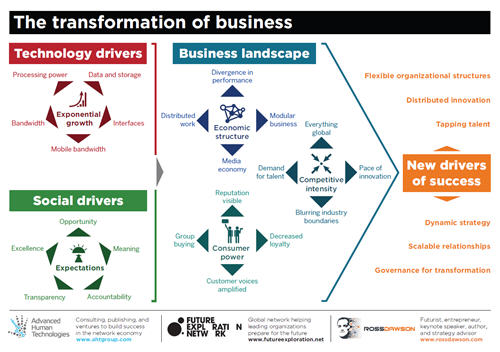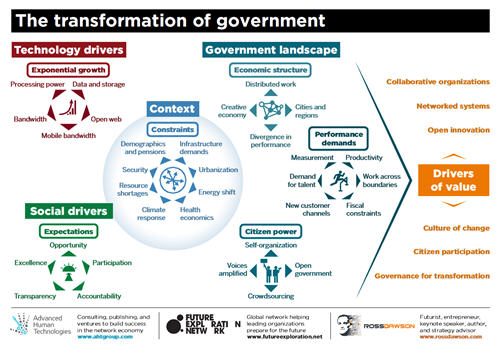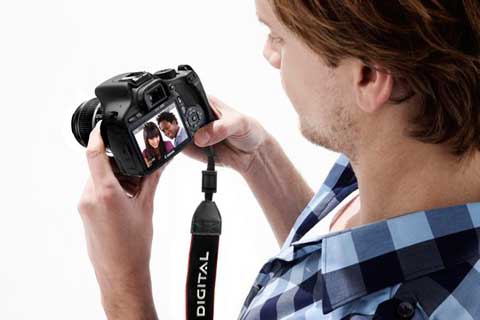Tomorrow morning I am giving the opening keynote at the annual conference of Institute of Public Affairs New South Wales, on the topic of The Transformation of Government.
Originally I was scheduled to follow the recently elected NSW Premier Barry O’Farrell, but he has had to travel to Beijing, so he will present at the conference after the morning break via Telepresence.
It is actually quite significant for an outsider like myself to be invited to speak at the event, let alone on a big picture view of a rapidly changing world. The title of the conference is The Future Course of Modern Government, mirroring an excellent policy paper of the same name created by IPAA a few months ago. I blogged about the 11 recommendations in the report, which are well worth a read if you don’t have the opportunity to read the entire paper.
The conference is intended to be a landmark event, several months since the NSW government changed after 16 years of Labor incumbency, and anticipating potentially dramatic change in how the state government functions in the years ahead. The themes of the conference – Technology, Innovation, Services Reform, Collaboration – are now squarely on the government’s agenda, and the reason I was invited to give the keynote.
Below is my Prezi presentation to support my keynote. I will shortly release the underlying framework as a pdf.
Read more →



